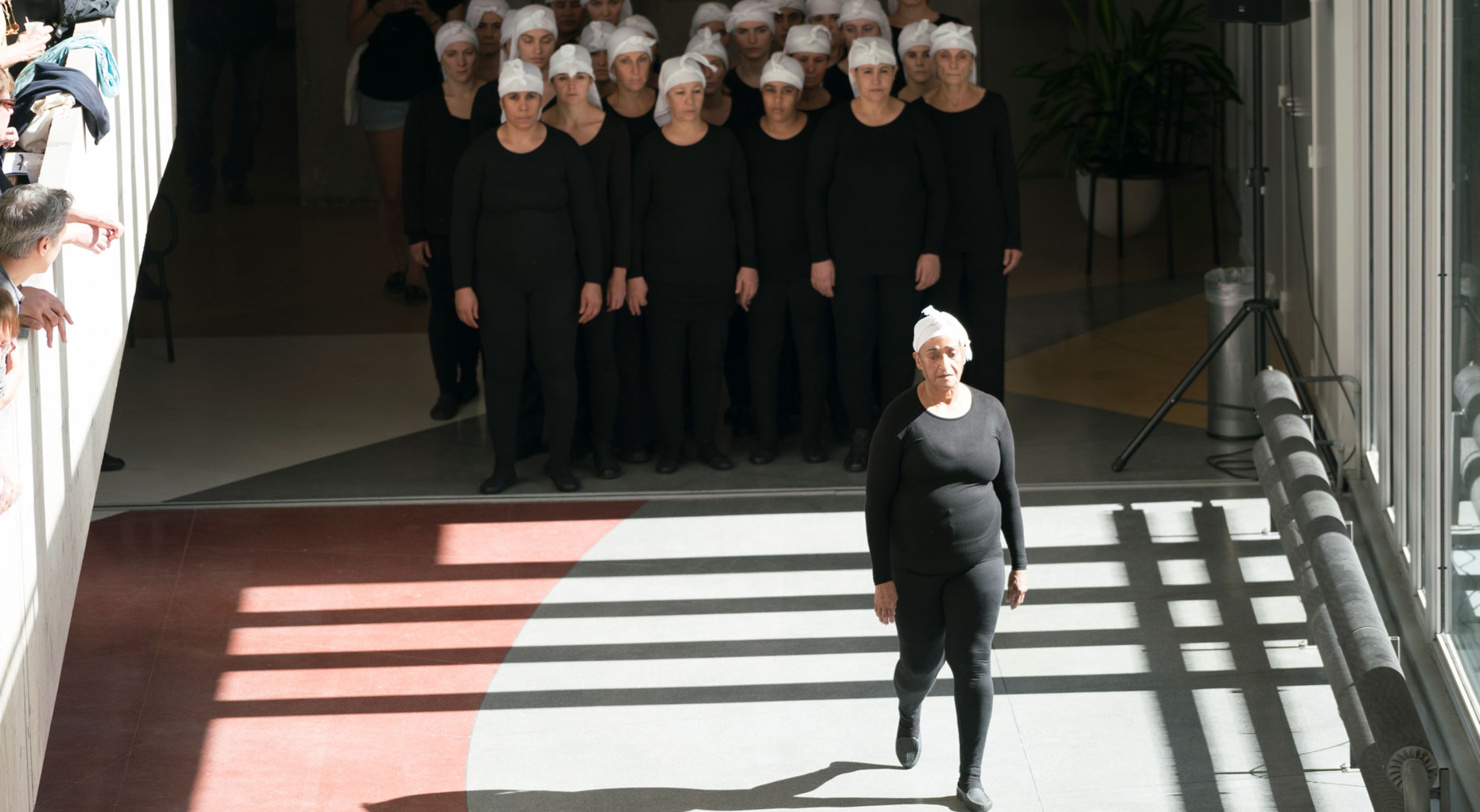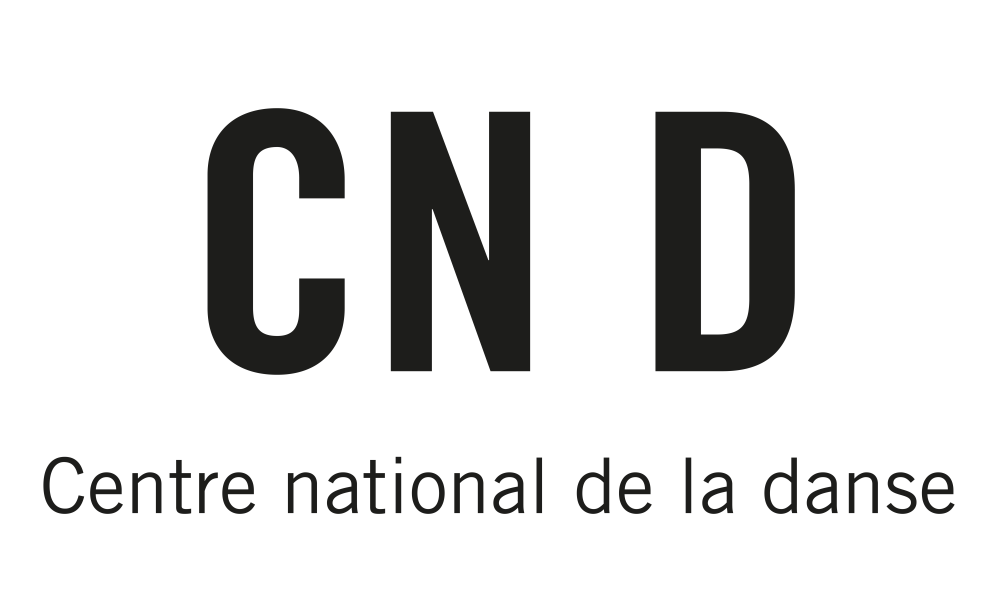Bouchra Ouizguen
Corbeaux
septembersept 24 – 25
octoberoct 1
octoberoct 6
octoberoct 8
octoberoct 15 – 16
Concept, and artistic direction by Bouchra Ouizgen
With Kabboura Aït Ben Hmad, Fatéma El Hanna, Halima Sahmoud, Fatna Ibn El Khatyb, Khadija Amrhar, Zahra Bensalem, Malika Soukri, Hasnae El Ouarga, Mariam Faquir, Milouda El Maataoui and a group of women brought together by the Nouveau théâtre de Montreuil
A Compagnie O production
Associate producer for the Île-de-France performances, Nouveau théâtre de Montreuil, centre dramatique national
With support from the Fondation d’entreprise Hermès within the framework of its New Settings programme
A Nouveau théâtre de Montreuil, centre dramatique national, coproduction ; Festival d’Automne à Paris
With support from Arcadi Île-de-France
With production support from the Institut Français du Maroc
With support from Onda
With support from la Fondation Hassan II for the MRE
First performed on 27th February 2014 at the Marrakech Biennale of Contemporary Art in 2014.
In her work Corbeaux (‘crows’ or ‘ravens’), Bouchra Ouizgen offers us an experience of immense intensity. Following on from Ottof, presented at last year’s Festival d’Automne, this piece expresses the Moroccan choreographer’s wish to make use of non-theatre spaces, with this performance work akin to a living sculpture, in its raw state. A horde of women dressed in black moves around in silence before their shrieks and jerking make all notions of time and space disappear. The ensuing experience is both intimate and universal, and stirs up raw emotions in the spectator, linked to origins and origin. Its impact lingers on within us, leaving us feeling dazed and weary, as if we have just been on a very long journey.
Drawing on Persian literature from the IXth and XIIth centuries, Bouchra Ouizgen’s interest lies in this era in which the figure of the madman or woman and their unshackled, wise outpourings had their place in the community. Memories of long nights of trance are summoned up via these moving figures, imbibed, since childhood with the “Isawa” and “Hmadcha” rituals of the Marrakech regions.
Performed for the first time on the forecourt of Marrakech train station during the 2014 Biennale of Contemporary Art, this work which was originally designed to be a one-off performance for the event, has gone on to be presented in several countries (Belgium, Germany, Lebanon...). Each venue is as atypical as the last, and the pubic is never far away.
In the same place




